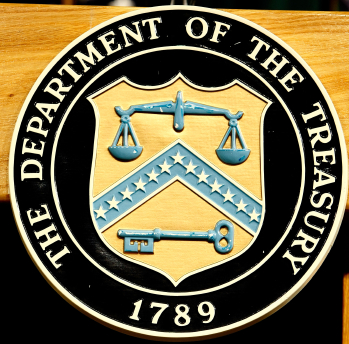 The Internal Revenue Service (hereinafter “the Service”) has issued Notice 2013-20 in connection to the allocation of the Research and Experimentation Tax Credit (hereinafter “RTC”) to members of a controlled group. The guidance was in response to modifications made to I.R.C. § 41 as part of the American Taxpayer Relief Act of 2012 (hereinafter “ATRA”).
The Internal Revenue Service (hereinafter “the Service”) has issued Notice 2013-20 in connection to the allocation of the Research and Experimentation Tax Credit (hereinafter “RTC”) to members of a controlled group. The guidance was in response to modifications made to I.R.C. § 41 as part of the American Taxpayer Relief Act of 2012 (hereinafter “ATRA”).
It should be duly recalled that the ATRA simplified the methodology for allocating the RTC to members of a controlled group of corporations and businesses under common control. Under the prior statute and corresponding treasury regulations, all companies under common control that were required to calculate the RTC at the group level were then required to allocate the RTC to the members of the group based upon each member’s standalone RTC. This allocation methodology was principally onerous when group members were required to use different methods for computing their standalone RTCs. The new law provides that the group RTC will now be allocated to the group members based on members’ proportionate share of Qualified Research Expenses (hereinafter “QREs”).
It should be duly noted that for tax years beginning after Dec. 31, 2011, Notice 2013-20 indicates that the treasury regulations dealing with the RTC allocations for controlled groups (e.g., Treas. Reg. §1.41-6(c) and related examples) no longer apply. In its place, taxpayers should allocate the RTC based on their proportionate share of QREs as outlined within the ATRA. Finally, the notice also indicates that the Service intends to modify Treas. Reg. § 1.41-6 to conform to the new allocation rules.























Recent Comments